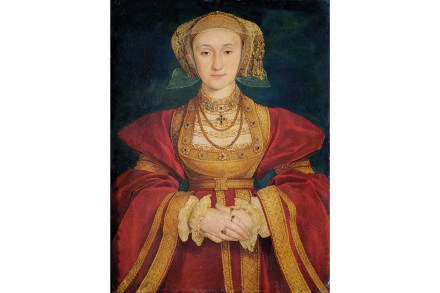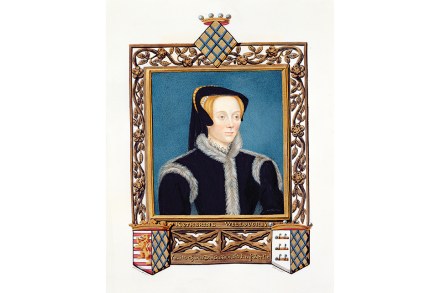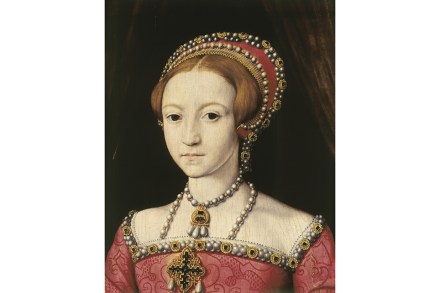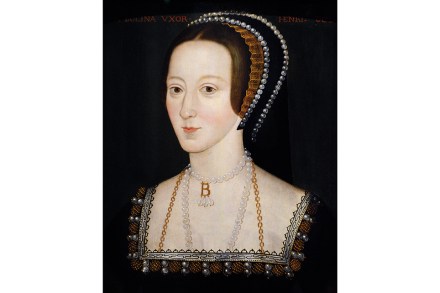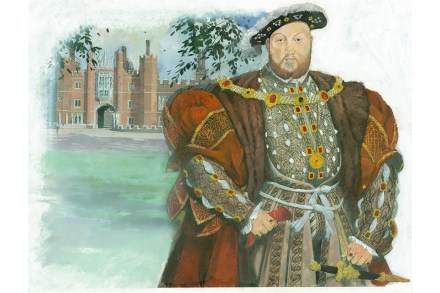At last we see Henry VIII’s wives as individuals
Divorced. Beheaded. Died. Divorced. Beheaded. Survived. Nearly 500 years after the death of Henry VIII, can there be anything new to say about his queens: Katherine of Aragon, Anne Boleyn, Jane Seymour, Anne of Cleves, Katherine Howard and Katherine Parr? Does the world need another book about this sextet? The answer to both questions, as this elegantly written and sumptuously illustrated volume makes clear, is a resounding yes. Published to coincide with the National Portrait Gallery’s exhibition of the same name (20 June-8 September), Six Lives is a collection of concise, accessible essays written by experts with specialist knowledge of Tudor painting, music, jewellery, manuscript illumination and book binding, among
